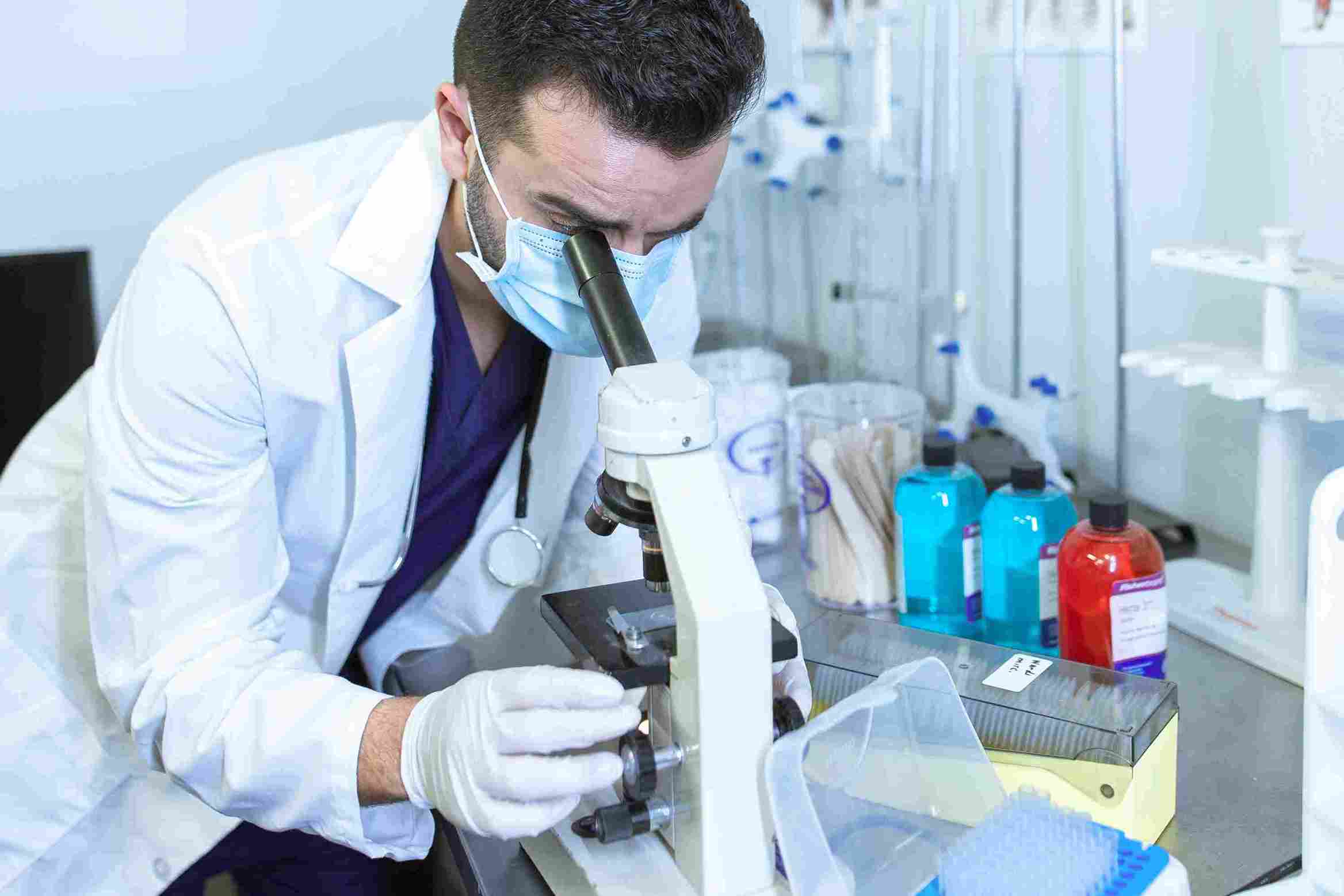In sterile compounding, the aseptic technique contributes to the prevention of microbiological contamination. It provides sterility, safety, and efficacy to the sterile product, especially various injections for patients. Cleaning, Gowning, and proper methods of contamination control will be reviewed along with why clean rooms are designed the way they are.
WHY SHOULD YOU ATTEND?
Compounding sterile products are made utilizing an aseptic technique. Aseptic technique is a microbiological term referring to the prevention of microorganism contamination. The procedure involves the use of specialized equipment, sterile apparel, meticulous processing, and continuous cleaning. This course will review proper cleaning, gowning, and ways to avoid the common sources of contamination that exist in a clean room environment. This course is also a good refresher for those personnel who are familiar with the way to properly work in the clean room and why Cleanrooms are designed for proper contamination control.
LEARNING OBJECTIVES
- Definition of Aseptic Processing (AP)
- Terminal Sterilization vs. AP
- Proper Personnel Behavior in a Cleanroom
- Facility Design and how it impacts the product
- A review of proper environmental monitoring practices and systems used
- Aseptic Technique & Clean Room Behavior
WHO WILL BENEFIT?
This course will benefit those Aseptic operators, Aseptic sample handlers, personnel who work in a Biological Safety Cabinet (BSC), and their management and Quality Assurance counterparts, in highlighting how to operate in a clean room environment, proper facility design, proper personnel gowning, and the equipment needed to conduct environmental monitoring. In addition, this course will review how Quality Systems help define requirements for aseptic techniques and clean rooms and how to properly maintain these environments.
- Microbiology
- Aseptic Technique
- Environmental Monitoring
- Gowning
- FDA
- Clean Room
- ISO
- Classifications
- Contamination Control
Compounding sterile products are made utilizing an aseptic technique. Aseptic technique is a microbiological term referring to the prevention of microorganism contamination. The procedure involves the use of specialized equipment, sterile apparel, meticulous processing, and continuous cleaning. This course will review proper cleaning, gowning, and ways to avoid the common sources of contamination that exist in a clean room environment. This course is also a good refresher for those personnel who are familiar with the way to properly work in the clean room and why Cleanrooms are designed for proper contamination control.
- Definition of Aseptic Processing (AP)
- Terminal Sterilization vs. AP
- Proper Personnel Behavior in a Cleanroom
- Facility Design and how it impacts the product
- A review of proper environmental monitoring practices and systems used
- Aseptic Technique & Clean Room Behavior
This course will benefit those Aseptic operators, Aseptic sample handlers, personnel who work in a Biological Safety Cabinet (BSC), and their management and Quality Assurance counterparts, in highlighting how to operate in a clean room environment, proper facility design, proper personnel gowning, and the equipment needed to conduct environmental monitoring. In addition, this course will review how Quality Systems help define requirements for aseptic techniques and clean rooms and how to properly maintain these environments.
- Microbiology
- Aseptic Technique
- Environmental Monitoring
- Gowning
- FDA
- Clean Room
- ISO
- Classifications
- Contamination Control
Speaker Profile
 Danielle DeLucy
Danielle DeLucy
Danielle DeLucy, MS, is owner of ASA Training and Consulting, LLC which provides Pharmaceutical and Biologics based companies with training and quality systems assistance in order to meet Regulatory compliance. Prior to this role, Danielle has been in the industry for 15 years serving in numerous Quality Management Roles, such as the Director of Product Quality, the oversight of Sterility Assurance practices and provided QA oversight of numerous filling and packaging operations. Danielle began her QA career as a Quality Control Pharmaceutical Microbiologist at a contract laboratory where she performed various tests for their clients. In the years after, she …
Upcoming Webinars

Controller Challenges in Changing Times: New Roles as Strat…

FDA Technology Modernization Action Plan (TMAP) and Impact …

Stress, Change And Team Resilience Through Humor: An Intera…



Excel Spreadsheets; Develop and Validate for 21 CFR Part 11…

How to Prepare For and Host a FDA Inspection and Respond to…

Sunshine Act Reporting - Clarification for Clinical Research


The Importance of the first 5 seconds when presenting

From Chaos To Calm: How to Eliminate Drama and Boost Workpl…

Complaint Handling and Management: From Receipt to Trending

Do's and Don'ts of Documenting Employee Behaviour, Performa…

Managing Toxic Employees: Strategies For Leaders To Effecti…


ChatGPT Unlocked: A Beginner’s Guide to AI and ChatGPT

Understanding Artificial Intelligence (AI) and the Incredib…

6-Hour Virtual Boot Camp on Microsoft Power BI


Onboarding is NOT Orientation - How to Improve the New Empl…

The Monte Carlo Simulations in Excel for Risky Investments

ChatGPT and Project Management: Leveraging AI for Project M…

Project Management for administrative professionals

Workplace Investigations 101: How to Conduct your Investiga…

Transform Data into Insights: A Beginners Guide to Excel Pi…

Harassment, Bullying, Gossip, Confrontational and Disruptiv…

Construction Lending And Real Credit Administration: Evalua…

Dealing With Difficult People: At Work & In Life

Understanding Accounting for non - Accounting professionals

New Form 1099 Reporting Requirements: 2025 Compliance Update

Human Error Reduction Techniques for Floor Supervisors

HR Metrics and Analytics 2025 - Update on Strategic Plannin…


7 Ways To Beat Burnout: Without Quitting Your Job

Treating Employees Like Adults: Discipline versus Empowerme…

Understanding EBITDA – Definition, Formula & Calculation

Ethical Terminations: Navigating Employee Exits with Legal …

Handbook Overhaul 2026: Compliance, OBBB Act & Beyond

How to Write Procedures to Avoid Human Errors

FDA Proposes Framework to Advance Credibility of AI Models

Project Management for Non-Project Managers - Scheduling yo…

Validation Statistics for Non-Statisticians

Data Integrity and Privacy: Compliance with 21 CFR Part 11,…


4-Hour Virtual Seminar on Hidden Secrets of Selling & Marke…


The Alphabet Soup: When the FMLA, ADA, COBRA, and Workers' …

Talent Management: How to Leverage AI and ChatGPT Tools for…

Offboarding with Care: Conducting Legal & Ethical Employee …

2-Hour Virtual Seminar on How to Conduct an Internal Harass…
